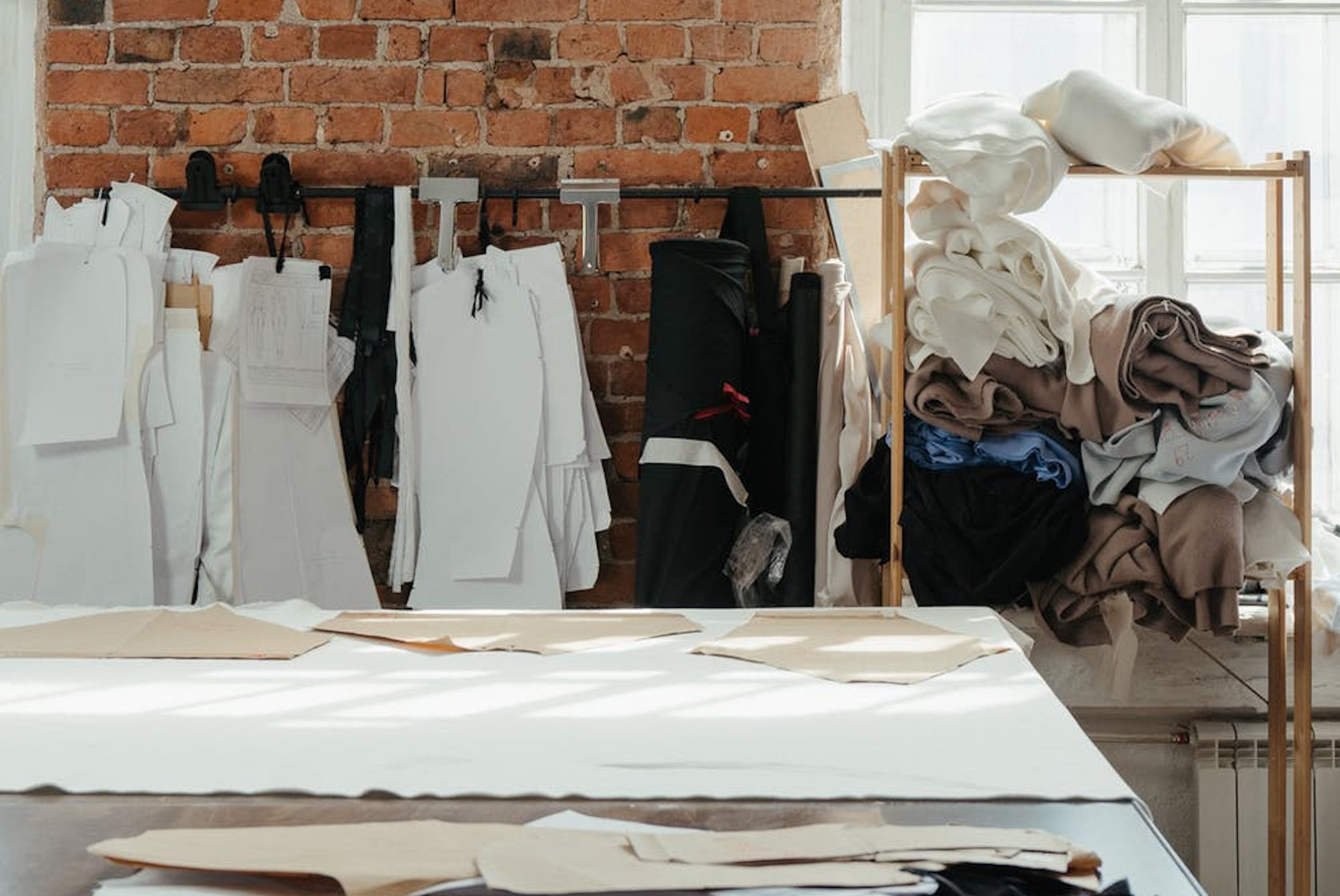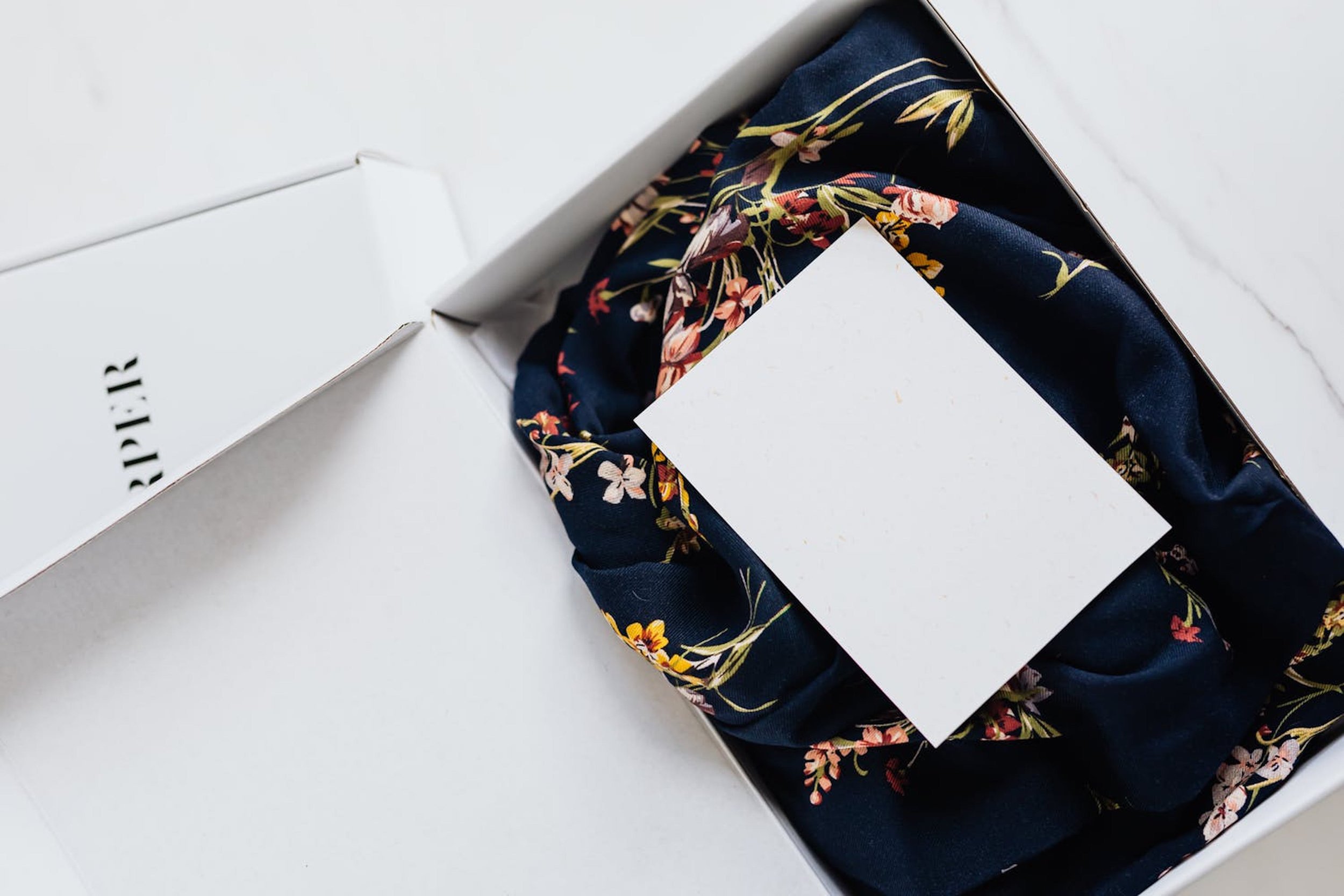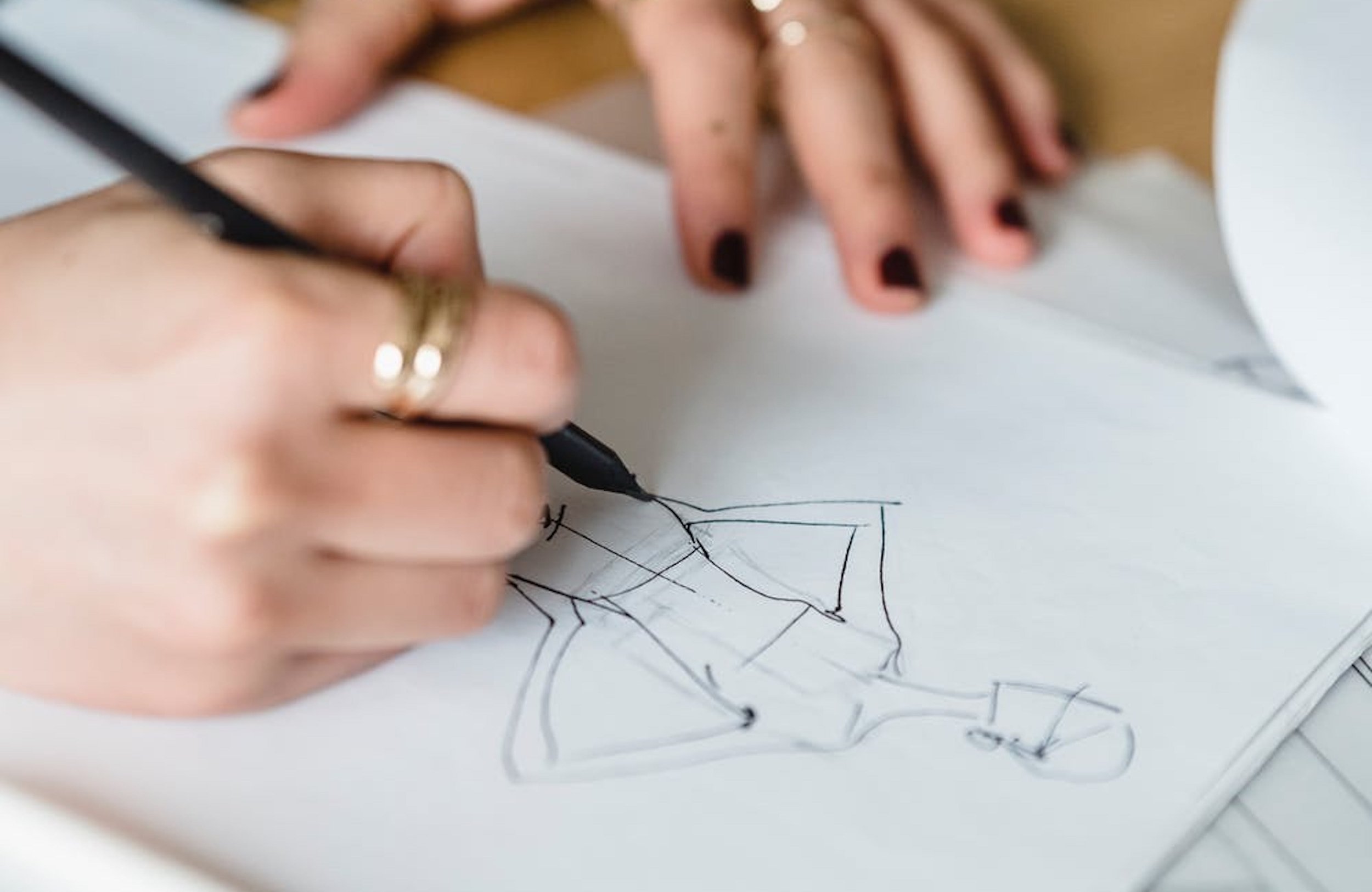Steps to Production Series -Production, Packaging, and your Next Season
A lot happens during production. You need to ensure the factory is working at the speed and quality you want and you need packaging, while also working on developing your next line. In this blog, I will guide you through this process to keep everything running smoothly.
After getting quotes from factories and estimating your size run, it is important to develop a good relationship with your factory. While the factory is making your collection, they also work with many designers on their lines as well, This means that you are not the direct boss of the factory.
The best thing you can do is develop a checklist of items, processes, and systems needed for your production. The factory will need everything before starting production, including all fabrics, notions, trims, labels, tech packs, instructions on garment construction, garment care, and packing details if you are doing packaging with the factory. Discuss all important things with the factory and keep records of what is agreed upon, in essence, keep a paper trail to go back to if needed.
Something to note as well, is that you may have discussed your launch day with your factory during the quoting process, be sure to verify the factory can meet the deadline you desire. Factories do acquire designers all the time so it is important to know before proceeding with your chosen factory. If they cannot meet your deadline, you can move to your second favorite factory that you discovered during the quoting process.
If you do all the above work, you will be as prepared as you can possibly be. And if something goes missing or it is not what you agreed upon with the factory, then you can bring up your notes and discuss how you would like to proceed with the factory.
While your products are in production, you can visit the factory to observe the workflow and hold the factory accountable for their progress to meet the date and standards you agreed on. Post-production, you’ll want to do a quality check. Even if your factory does one, also do one yourself. Measure the garments, check the seams and design details, etc. If you come to find that there is a mistake, communicate with the factory, and they will fix it or find a solution to the mistake.
Next, packaging is something you need to consider within your production management. Some factories will also package your items. If you are considering this you will also need to have all the prep work for packaging production done prior to starting packaging production. You may ask, what goes into packaging your items. Packaging production consists of everything from logo art for hang tags, swu numbers brochures for your store, the way in which you want the garment folded, placement of stickers on the item packaging.
For fashion garments, poly bags are often used especially in bigger productions where items are shipped overseas. Poly bags, while not so great for the environment, will help protect the clothing in transit to the customer during the shipping process. Muslin bags are also something to consider, as they could be a great selling point of a reusable item. Your packaging should be cohesive with your brand identity.
Packaging is also something that you may choose to do on your own. Keep in mind that the cost of labor is included in your cost for the production of goods. Many clients have done this right out of their spare bedroom or garage to save tangible dollars in exchange for time.
During your production process it is now the time to start thinking about your next season! I know it's crazy right. Depending on the size of your business, the type of items you are producing, it is always beneficial to be looking forward to what you want to produce next. If you’ve gone through all these steps in my blog, the time it takes to produce a collection adds up. From inspiration to sketching to development it can take 3 months and production can take anywhere from 2-6 months. This will depend on if you are producing domestically or offshore as well. If you aim to produce offshore there will likely be higher minimums, and longer lead times meaning you may need to start your next season earlier to accommodate for things like overseas shipping etc.
Starting your development a year in advance is typical for the fashion industry, it is a realistic timeline. Keeping up with trends, consumer needs, designing your fabrics, and sourcing all takes time. Plus, you’ll want to give the factories and suppliers time to get you what you want. Thus, by the time you’ve finished your first production, you’ll be nearing the end of your next development.
Quality work doesn’t happen on the fly, and nothing is always perfect, but if you follow the steps and ensure you’re doing what’s required, you can leave room for a smaller margin of error.
Having trouble picking the right vendor for your production? V.Mora has developed valuable relationships with vendors and factories for over 13 years. We can help pair you with the right factory for you and manage the production oversight. If you are ready to launch your fashion line or are looking for a Production Management team or any of the following steps to your production, send us an email at vmorainquiry@vmora.com.
Steps for the Product Development
Sourcing
Technical sketches
Pattern Making
Prototype making
Sample Making
Fittings
Digitizing and Grading
Marker Making
Manufacturing
For product development and consulting services, please email vmorainquiry@vmora.com



